SilkRoll, an innovative online platform designed for the exchange of high-end women’s fashion, took center stage in a memorable episode of Shark Tank. Since then, many have been curious about what transpired after their appearance on the show.
This article delves into the journey of SilkRoll post-Shark Tank, offering an in-depth look at their growth, challenges, and current status as of 2023. At the time of their Shark Tank episode, they had generated $ 35,000 in revenue, primarily through a 5% transaction fee.
Post-show, SilkRoll experienced a surge in exposure which significantly impacted their business operations and net worth. This piece will provide a comprehensive update on SilkRoll’s progress, including insights into its business model, financial health, and ongoing commitment to sustainable fashion.
What Is SilkRoll?
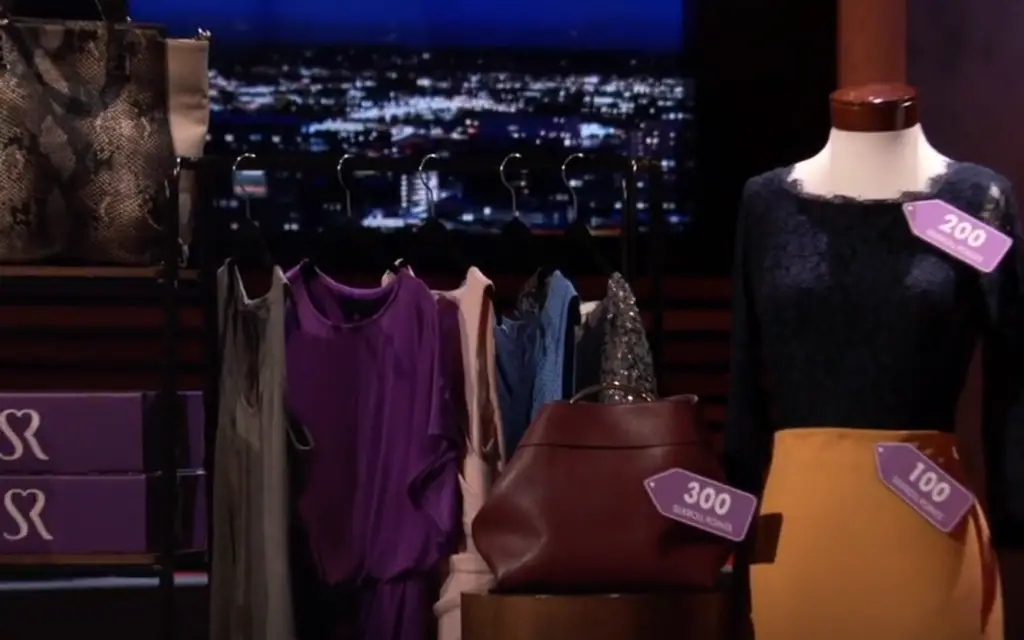
Navigating the platform is simple and user-friendly. Users send in their lightly used high-quality clothes, shoes, or accessories. Once received, SilkRoll assigns a point value to each item based on its original retail price and condition. These points are then credited to the user’s account, allowing them to “purchase” other items listed on the platform using their accumulated points.
How Does SilkRoll Work?
The typical millennial has a tendency to wear their clothing only about three times before consigning them to the depths of their closets.
Unfortunately, these garments often end up in accumulated piles because when individuals attempt to sell them, they are often met with dishearteningly low offers that leave them feeling shortchanged. Instances of being offered a mere $ 10 for a dress that originally cost $ 100 are distressingly common. This very conundrum sparked the birth of SilkRoll.
For those intrigued by this solution, the process is straightforward. To get started, individuals simply place an order, and a SilkRoll kit is promptly dispatched to facilitate the collection of their clothing items. Upon receiving the clothing, SilkRoll promptly assigns the user a specific number of points, viewable on the company’s user-friendly website.
Janet and Erin, the founders, recognized the immense potential of their venture but faced a financial hurdle that needed surmounting in order to fuel its growth. This is what brought them to the hallowed grounds of Shark Tank, in search of strategic investment partners [2].
Pros:
Environment and Culture
One of the significant advantages of SilkRoll is its creative and collaborative work environment. The company encourages idea-sharing and skill-building, which contributes to an atmosphere of innovation.
Catalog and Trading Model
User reviews highlight the extensive catalog and easy trading model as some of the main advantages of using SilkRoll. Users can easily give away clothes and receive points in return, which they can use to shop for other items on the platform.
Sustainability
Another significant advantage of SilkRoll is its commitment to sustainability. By encouraging the reuse of clothing, SilkRoll effectively reduces fashion waste and promotes a more sustainable approach to shopping.
Cons:
Employee Satisfaction
While some employees praised the work environment at SilkRoll, others cited several issues. According to Indeed, some employees felt there were too many cons to list, suggesting room for improvement in terms of employee satisfaction.
Limited Scope
As SilkRoll operates on a points-based system, it might not appeal to everyone. Some users might prefer traditional cash transactions and may find the points system limiting.
Quality Control
While SilkRoll does have a system in place to ensure the quality of items, user experience may vary. Some users have expressed dissatisfaction with the condition of the items received.
Who May Benefit From Using SilkRoll:
- Sustainable Fashion Enthusiasts: SilkRoll promotes sustainability by encouraging the reuse of clothing, thereby reducing fashion waste. Those who are passionate about sustainable shopping practices and reducing their environmental footprint would find value in using this service;
- Budget-Conscious Shoppers: By operating on a trade-in model, SilkRoll allows users to declutter their wardrobes and earn points, which they can then use to shop for other items on the platform. This could be beneficial for budget-conscious shoppers looking to refresh their wardrobe without heavy spending;
- High-End Fashion Lovers: SilkRoll focuses on high-end women’s fashion. Users who appreciate designer pieces but do not wish to pay full price may find this platform appealing;
- Individuals Seeking Variety: Since SilkRoll enables users to trade their clothes for points, it introduces an element of variety and novelty. Those who enjoy regularly updating their wardrobe and trying out new styles may find this platform beneficial;
- Community Seekers: As per SilkRoll’s description, users get to connect with “style-mates”. For those seeking a sense of community or those who enjoy sharing their style with like-minded individuals, SilkRoll may offer an enriching experience [3];
If you’re looking to swap out your wardrobe, SilkRoll offers a convenient platform on their website for clothing trades. They accept a diverse range of items, spanning from top designer pieces to boutique finds, ensuring a broad selection for users. Whether you’re considering a trade-in or looking to streamline your experience, you can easily request a trade-in kit or become a member for added benefits.
For those more inclined to indulge in a shopping spree, SilkRoll’s online store has you covered as well. Their inventory encompasses everything from activewear to elegant cocktail dresses, catering to a wide spectrum of style preferences and budget considerations. So, whether you’re in the mood for a fashion refresh or searching for a specific clothing item, SilkRoll offers options for everyone.
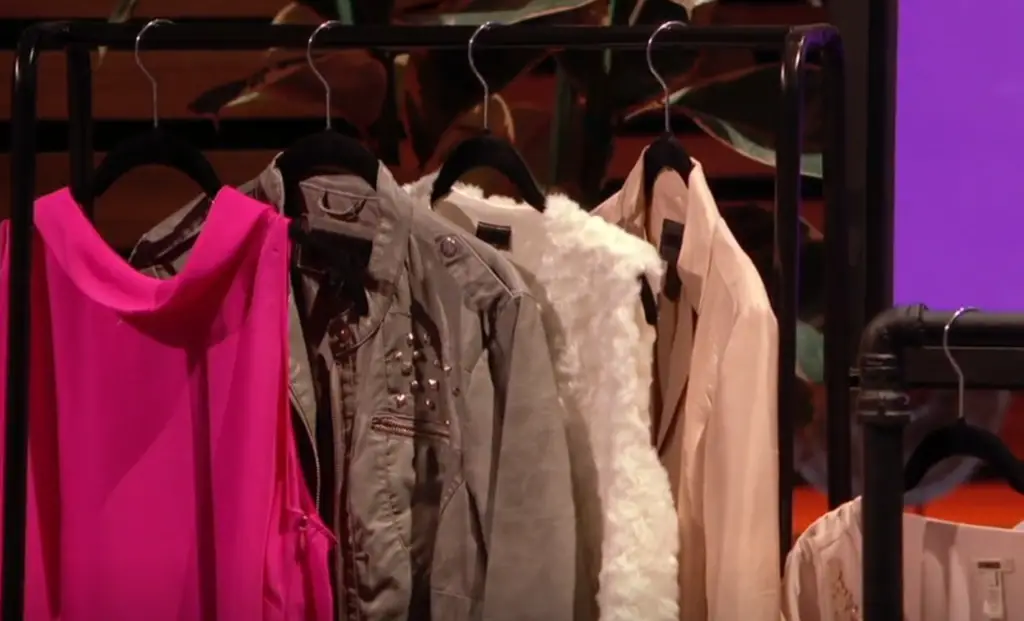
About the Founders Of SilkRoll
Astonishingly, they estimate that there’s a staggering $ 900 billion worth of unused clothing stashed away in American closets. Janet and Erin envisioned SilkRoll as the antidote to this predicament.
The concept is brilliantly simple: anyone can request a curated box and fill it with high-quality garments they no longer desire. Each item contributed earns the sender points, corresponding to a fair dollar value. These accumulated points grant users access to a vast array of clothing available on the SilkRoll website, encompassing thousands, if not tens of thousands, of items.
Back in early 2018, Janet and Erin initiated their venture with a funding injection of $ 104,773, sourced from the crowdfunding platform Republic. Interestingly, their serendipitous meeting at a friend’s barbecue served as the catalyst for their entrepreneurial journey.
As they engaged in conversation about the futility of investing in high-end fashion, they not only solidified their partnership but also gained a photographer and a web designer, all from that very barbecue gathering.
In essence, SilkRoll is revolutionizing the clothing trade by introducing a digital currency system for apparel. Their ingenious points system, aptly named “Q’s,” directly represents a dollar value. While membership is encouraged for frequent users, anyone can participate. Members enjoy the perks of the platform without additional fees, whereas non-members incur a 7% service fee on top of their purchase price. Remarkably, SilkRoll has facilitated transactions totaling well over $ 1 million.
Now, they seek a Shark who can help them magnify that figure substantially.

The Pitch Of Silkroll at Shark Tank
Erin and Janet entered the Shark Tank seeking a $ 250,000 investment in exchange for a 3% stake in their company, SilkRoll. They began by demonstrating how their website worked before presenting their offer to the Sharks. Barbara wasted no time inquiring about how they handled customers providing inaccurate pricing for the clothing they sent in.
Erin explained that they employed a database to evaluate each item they received, initially considering factors like the brand, condition, and style. Over time, they planned to make their database even more sophisticated.
Mark Cuban questioned whether they were unnecessarily complicating a straightforward matter. Erin responded with an example, showing how they could approximate the retail price of a dress based on its brand and quality. Kevin then inquired about the fate of the damaged clothing they received. Erin explained that for high-end brands with damage, they would list the items but disclose their condition.
Barbara followed up by asking what they did with cheap and damaged clothing. Erin clarified that they didn’t keep 25 % of the clothing received and instead donated it to charity. However, customers wouldn’t earn points for these items, and a portion of their accrued points might be deducted if the sent clothes were severely damaged, which prompted Kevin to express his dissatisfaction with this policy.
Robert Herjavec inquired about their revenue model, seeking clarity. Erin explained, but Herjavec remained puzzled, particularly after considering an example where he sent clothes to SilkRoll and Kevin purchased them. He questioned how they generated income.
Erin revealed that they charged a 5% transaction fee every time a transaction occurred, whether buying or selling. Kevin probed whether customers were informed about this fee before conducting business, and Erin confirmed they were.
Kevin then sought confirmation on the 5% fee’s amount in dollars, and Janet disclosed it was $ 10. Herjavec sought further clarification, and Erin explained they enjoyed a 68 % profit margin on each order, which left Herjavec astonished. He pressed once more on when they made money.
Janet clarified that they sold points because transactions on their platform exclusively used these points. She provided the rates at which customers purchased these points. At this point, Kevin asked them to justify their valuation. Janet argued that their business was unique and shared SilkRoll’s one-year total revenue of $ 35,000, which left the Sharks thoroughly disappointed.
In their defense, Janet stated they were building not just a business but a marketplace with a network effect. Mark Cuban disagreed, saying there was no network effect, and Barbara bowed out, citing the 5% commission as insufficient for substantial profit, coupled with concerns about the company’s name.

Mark Cuban followed suit, stating that they had needlessly complicated a straightforward concept. Robert Herjavec expressed frustration at the lack of clarity and honesty about the business’s status, leading him to decline their offer.
Kevin O’Leary began by chastising them for overvaluing their company, then promptly exited. Lori also declined, deeming the offer too unappealing. Erin and Janet attributed their failure to secure a deal to their communication challenges but remained committed to SilkRoll’s future and hoped that the American market would recognize its potential.
SilkRoll After The Shark Tank
Since its introduction on Shark Tank, SilkRoll has made waves in the fashion industry. The platform’s unique business model addresses two critical issues: sustainable fashion and affordable luxury. Users have lauded SilkRoll for its initiative to reduce clothing waste while providing access to quality pieces at significantly reduced prices.
Despite its promising concept and positive reception, some questions remain regarding SilkRoll’s valuation. During their pitch on Shark Tank, the founders presented an $ 8 million evaluation for their company, a figure that has been subject to scrutiny4. However, the exact worth of SilkRoll today remains undisclosed.
As of 2023, SilkRoll continues to be a disruptive force in the fashion industry. With several updates throughout the year, the platform has shown significant growth and development. SilkRoll’s emphasis on sustainability, affordability, and the democratization of fashion remains at its core, with the platform continuously evolving to better serve its users [5].
SilkRoll proudly showcases its appearance on Shark Tank, featuring images of their memorable meeting with the Sharks on their website. While they still sell clothing, their sales strategy has evolved. They’ve expanded beyond offering clothes exclusively in exchange for points and now allow customers to make purchases with cash. While members enjoy discounted rates, non-members can also partake in their offerings. Although a deal with the Sharks would have undoubtedly accelerated their growth, SilkRoll has proven its ability to thrive and innovate in the fashion marketplace.
The Net Worth Of SilkRoll
The SilkRoll Hub consistently furnishes fresh insights and continuations concerning the visionaries who’ve graced the screens of the Shark Tank television program.
Since its reintroduction to the ABC airwaves back in June 2019, SilkRoll remains an operational entity, steadily forging ahead. Furthermore, they’ve broadened their horizons, enabling customers to acquire attire using hard currency.
Alternatives To SilkRoll:
- Global Fashion Group: Similar to SilkRoll, Global Fashion Group is an international fashion and lifestyle retail platform that offers a wide range of products;
- S&S Activewear: This company is a distributor of clothing and accessories from more than 100 brands;
- Treet: Treet is a digital platform that allows users to buy and sell second-hand clothing, emphasizing sustainability and reducing waste;
- BeProduct: This platform provides a collaborative environment for fashion designers to design, develop, and deliver products;
- ThredUp: ThredUp is one of the world’s largest online thrift stores where you can buy and sell high-quality secondhand clothes [7];

FAQ:
- Is SilkRoll only for women’s fashion?
SilkRoll primarily focuses on high-end women’s fashion.
- Does SilkRoll ship internationally?
For the most accurate information, please check SilkRoll’s shipping policies on their official website.
- Can I sell my clothes for cash on SilkRoll?
No, SilkRoll operates on a points-based system where users can exchange their items for points, not cash. These points can then be used to shop for other items on the platform.
- Is SilkRoll still in business?
As of 2023, SilkRoll is still in operation. Please visit their official website or LinkedIn page for the most recent status of the company.
- How does SilkRoll determine the value of my items?
SilkRoll assigns a point value to each item based on its demand. The exact evaluation process is proprietary to SilkRoll.
- How does SilkRoll work?
SilkRoll operates as an online points-based exchange platform where women can trade fashion items value-for-value. The process is simple: users mail in their high-end fashion items, and SilkRoll assigns a point value to each item based on demand.
These points, known as “Qs”, can then be used by the users to shop for new fashion items on the platform. If the user decides not to keep the clothes they’ve shopped for, they can return them later to get their Qs back. This system allows users to connect with style-mates and shop better and more sustainably.

- Is Shark Tank still on TV?
As of 2023, the popular show “Shark Tank” was still being broadcast. However, for the most current information, please check the latest TV schedules or the official Shark Tank website.
- Is SilkRoll still in business?
Based on my last update, SilkRoll was still in operation. For the most recent status of the company, please visit their official website or their LinkedIn page.
- Has anyone sold their business on Shark Tank?
Yes, there have been instances where entrepreneurs have sold either a part or the entirety of their business on Shark Tank. The terms of the deal usually depend on negotiations between the entrepreneurs and the Sharks. However, it’s important to note that not all deals agreed upon during the show go through due to the due diligence process after the show.
Useful Video: Kevin Challenges SilkRoll – Shark Tank
References:
- https://www.sharktankblog.com/business/silkroll/
- https://gazettereview.com/silkroll-update-after-shark-tank/
- https://sharktankrecap.com/silkroll-update-shark-tank-season-10/
- https://www.therealitytv.com/silkroll-shark-tank/
- https://www.sharktanksuccess.com/silkroll-review/
- https://sharktanktales.com/silkroll-shark-tank-update/
- https://help.silkroll.com/hc/en-us



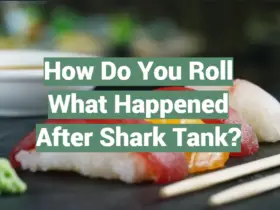

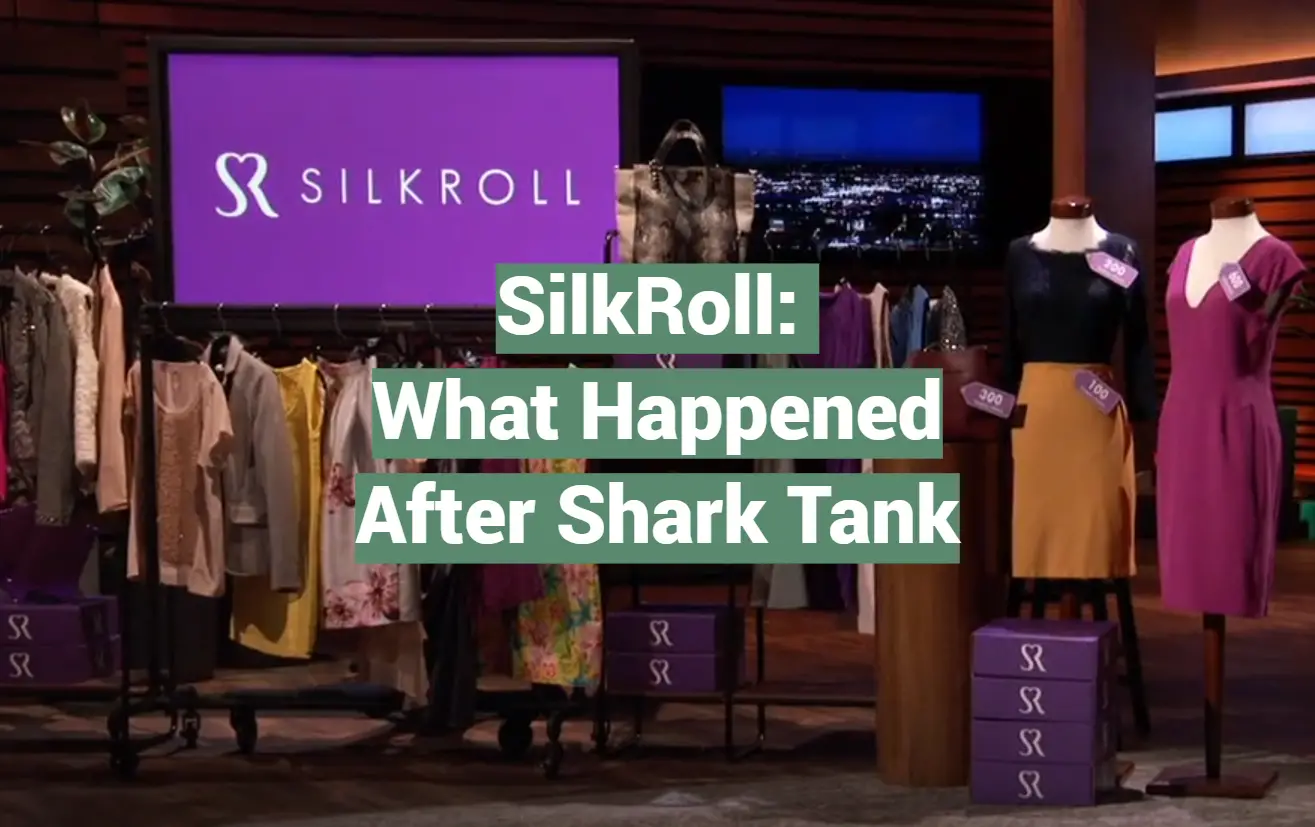
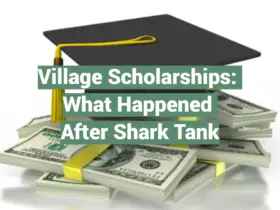

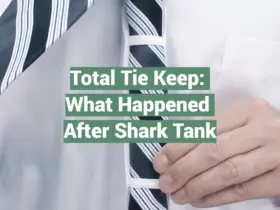

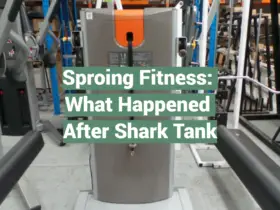


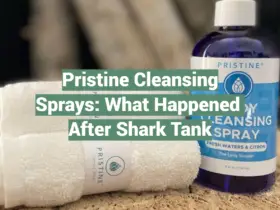
Leave a Reply